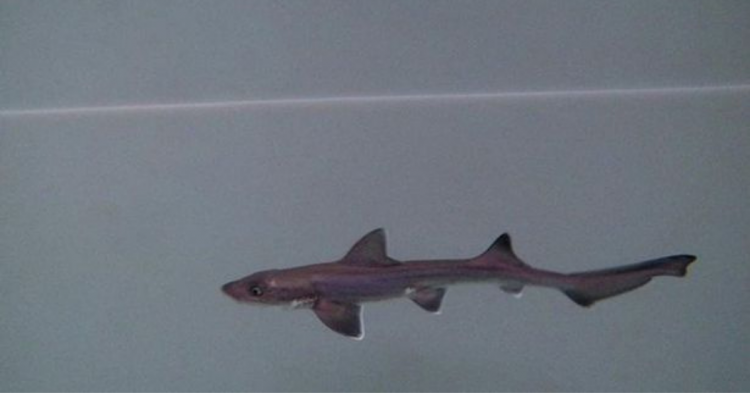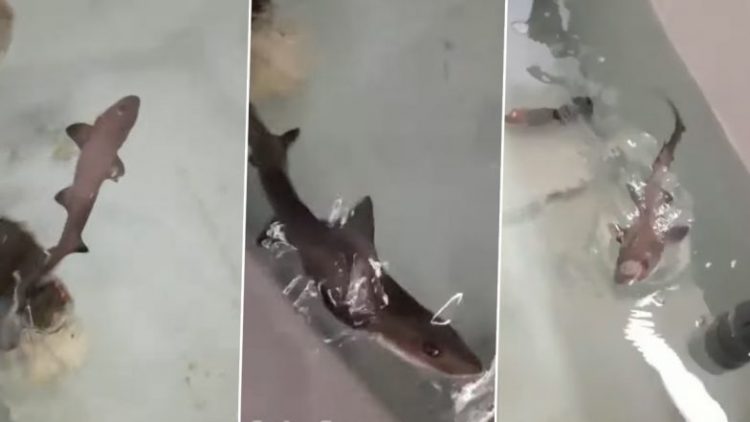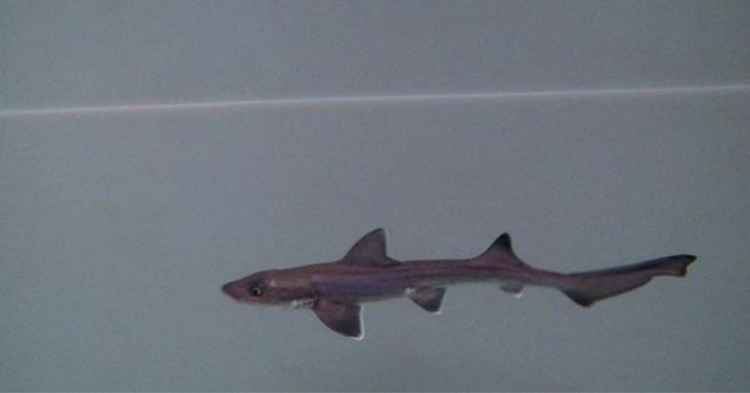In what scientists are calling a world-first for the species, a”miracle” baby shark was born in a tank full of female smooth-hound sharks in Sardinia, Italy.
Parthenogenesis, or “virgin births,” have previously been observed in nature, from various species of plants, insects, reptiles, birds and fish, but never in smooth-hound sharks, which explains why the staff at Acquario Cala Gonone were shocked to see the young baby among all the females. The asexual birth of the miracle baby shark is yet to be officially confirmed, but the team at the Italian aquarium says no other explanation makes sense.

Since the embryo receives genetic material from only one individual, parthenogenesis is a process that essentially forms clones of the parent, with identical DNA. The tests of Ispera, as the new baby shark was named, are expected to confirm that she is a clone of her mother.
“The mother lives in the large pelagic tub with another female specimen. If confirmed by DNA analysis, it would be the world’s first documented parthenogenesis documented by Mustelus Mustelus. Ispera, the name chosen for the little one, in Sardinian means hope and a birth in the [COVID-19] era it certainly is,” Acquario Cala Gonone wrote on Facebook.

According to Italian news reports, the mysterious conception occurred in a shark tank inhabited by two female smooth-hound sharks for the past ten years, with no male in sight.
“One of the most common mechanisms that allow this type of reproduction is one where the egg is fertilized by another still immature egg cell, which actually acts almost like a sperm,” Acquario Cala Gonone wrote. “Parthenogenesis can be optional in species that normally reproduce sexually, as in some reptiles, fish and even birds, and could be favored in very low-density populations, where females have little chance of meeting their partner.”
“It would therefore be a scientific discovery of considerable interest since it could pave the way for research aimed at verifying how parthenogenesis is a process that the palombes use even in nature,” the statement continued. “We’ll keep you posted!”













